Introduction
- Diversity is simply defined as difference exhibited between people.
- Diversity therefore is anything that is different from own and includes ideals, ideas, viewpoints, experiences etc.
- Diversity is everywhere and affects almost everything including communication (Gollakota, 2012).
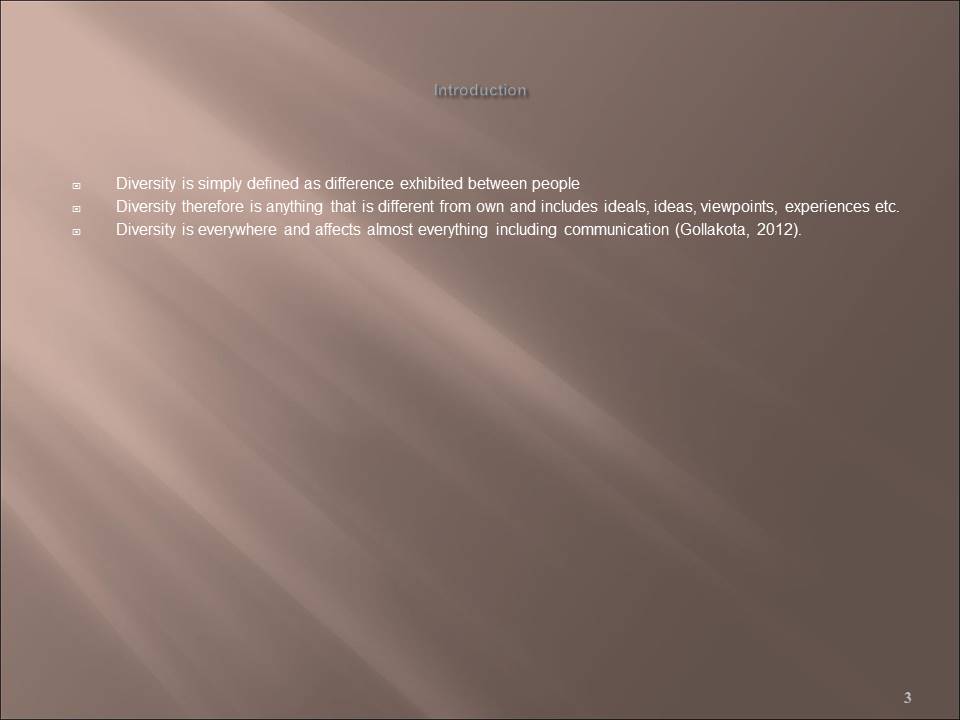
Definition of issues
- Global diversity:
- It is deep-rooted and not changed easily.
- Based on societal aspects such as caste system.
- Based on cultural background such as hierarch.
- Based on language barrier.
- Local diversity:
- Based on homegrown behavior.
- Based on corporate and organizational.
- It is significantly individualistic group based.
- Based on language barrier.
- Cultural aspects:
- Based on cultural hierarchical.
- Based on self-confidence Vs. arrogance.
- Language aspects:
- Language aspects.
- Grammar, accents, and intonations.
- Word choice as in when requesting vs. demanding.
- The tempo used and how the voice is modulated.
- Whether the language comes out as firm and assertive or as rude.
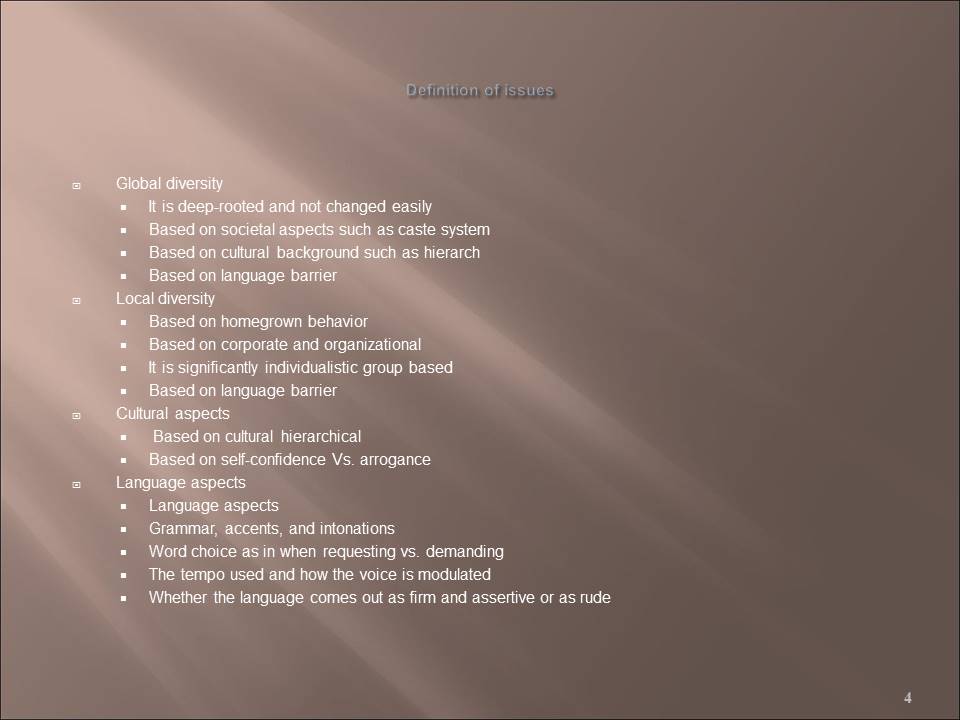
A clear explanation of the problem causes or effects
- Common basis of diversity:
- Race, ethnic background, nationality, gender, age, caste
- Sexual orientation, physical abilities
- Language, accent
- Up-bringing, schooling, personal experiences
- Common manifestation
- Prejudice, discrimination, and favoritism

How to improve communication about this issue
- Know yourself and your own cultural context:
- You need to know your own culture and its limitations. You also need to be aware that your culture is not necessarily the best culture.
- Know your audience and match the message to their communication needs and style:
- You need to study your audience very well so that you are in a good position to understand their response, for instance, some cultures are known to be very indirect whereby a yes response may not mean agreement.
- Respect English language barriers:
- This will apply to audiences who are not English native speakers. There is a need to avoid using jokes or illustrations which only native English speakers will understand.
- Be mindful of the whole message you are sending:
- You need to watch out on nonverbal language. You also need to inquiry about different body signals as some may send a different message from the one that you intended to send.
- Respect your audience and suspend judgment:
- Different cultures have different ways of doing the same things. You need to respect their ways to avoid unnecessary confrontations.
- Use active listening and check for understanding:
- Listening is very significant as it will help to understand the details.
- Act authentically & Don not spring surprises.
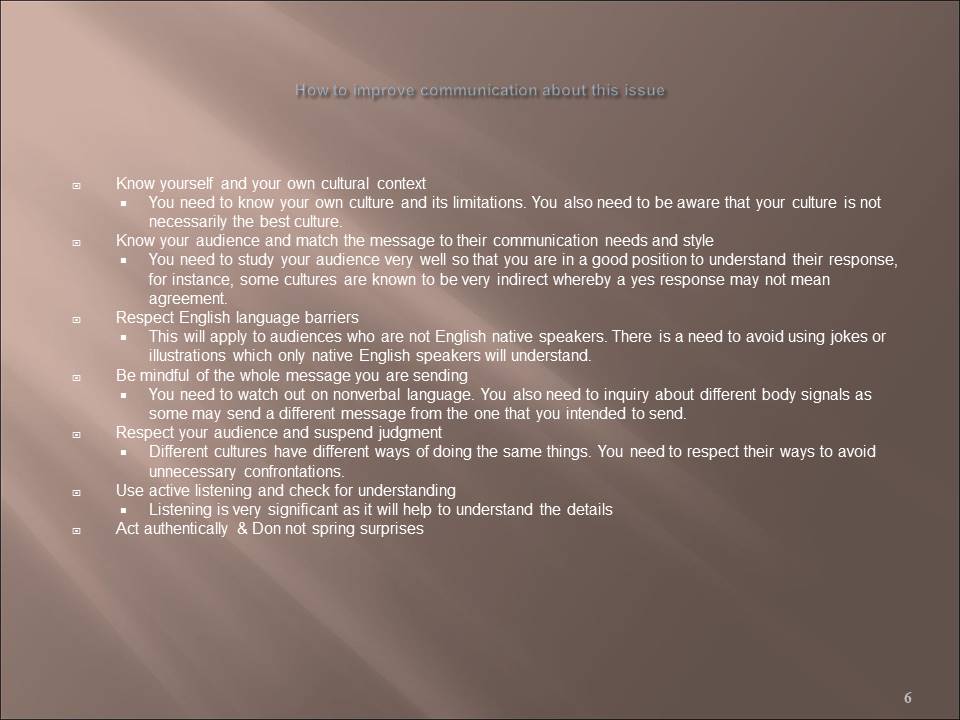
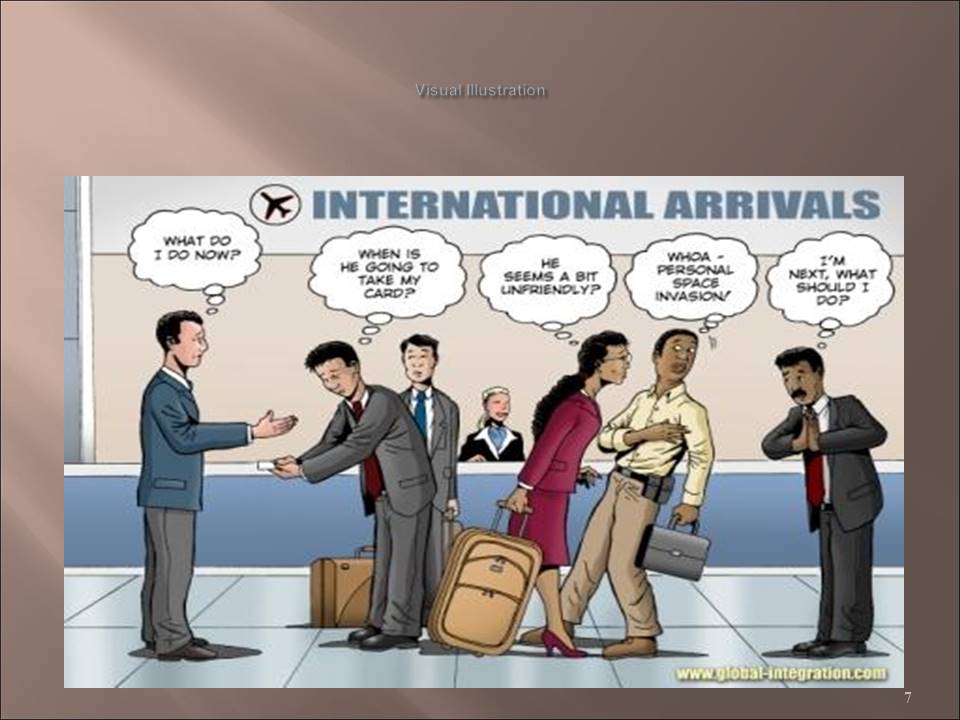
A summary of two key communication research articles
- Article one by Suzanne Kaplan. This article highlights eight tips on better communication in a culturally diverse environment. The article acknowledges that cross-cultural communication can create the difference on the level of success in meeting a company’s goals (Kaplan, 2010). The eight tips are listed below:
- Know yourself and your own cultural context.
- Know your audience and match the message to their communication needs and style.
- Respect English language barriers.
- Be mindful of the whole message you are sending.
- Respect your audience and suspend judgment.
- Use active listening and check for understanding.
- Act authentically.
- Do not spring surprises.
- Article two by Vijay and Tiwari. This article proposes a framework of cross cultural communication competence. The article is a report of a case study carried out on a diverse working environment consisting of Indian and Japanese managers. The report is a comparison of how Japanese and Indian managers interact in a working context (Vijaya, & Tiwari, 2010).
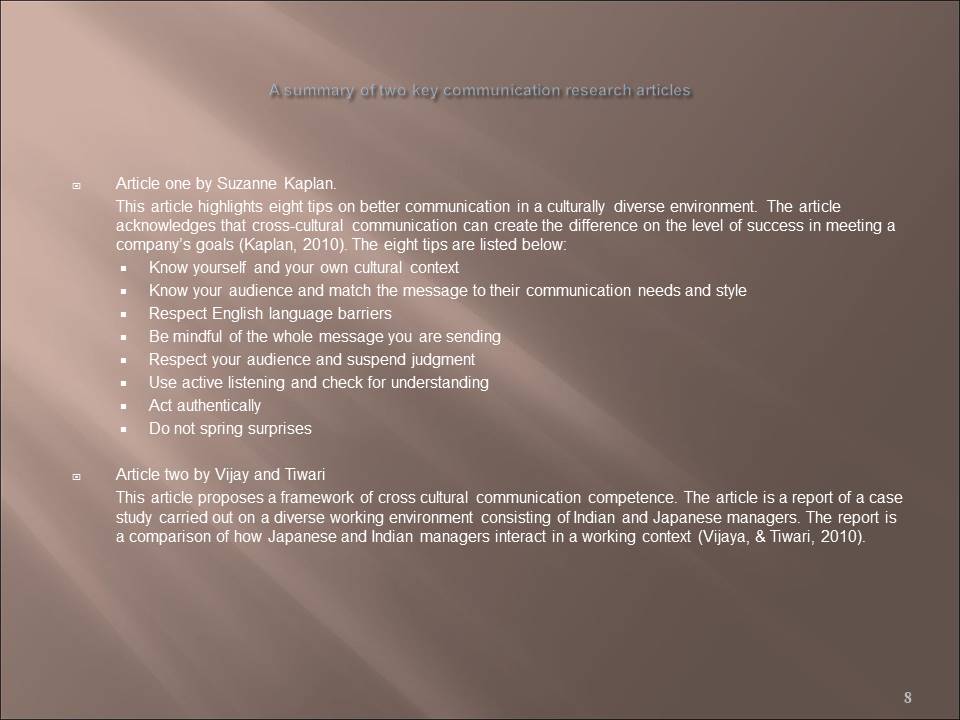
References
Gollakota, S. (2012). Diversity and Global Communication Challenges. Web.
Kaplan, S. (2010). Eight Quick Tips for Improving Global Cross-Cultural Communications. Diversity Factor, 18(2), 33.
Vijaya, V & Tiwari, B. (2010). Elements in Cross-Cultural Communication Competence: Derivative of a Case Study Comparing Indian and Japanese Communication. IUP Journal of Soft Skills,4(3), 22-38.